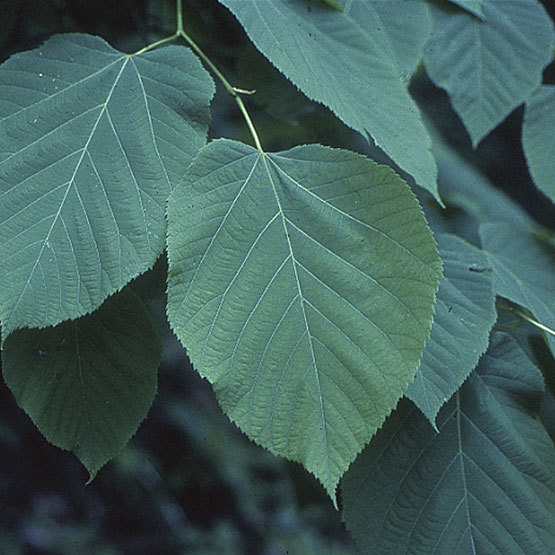
The genus Tilia is comprised of deciduous trees in 20 to 45 species from woodland in Europe, Asia, and North America. Their stately habit makes them great specimen or street trees. The fragrant flowers are borne mostly in summer and are cup-shaped and white, cream, or yellow. Bark is smooth and silvery gray; older trees have fissured bark. The fruit is dry and nut-like. Some species have colorful winter shoots.
Noteworthy CharacteristicsStately habit; fissured bark on old trees; fragrant flowers that attract bees. The nectar of T. tomentosa and T. 'Petiolaris' may be toxic to bumblebees.
CareMoist but well-drained soil in full sun or partial shade, preferably in alkaline to neutral soil. Won't tolerate very dry soils or strong wind.
PropagationAfter stratifying seed for 3 to 5 months, sow in containers in a cold frame in spring, or as soon as ripe in autumn. (Lindens hybridize freely, and the seedlings may be of variable quality.) Bud in late summer.
ProblemsAnthracnose, butt rot, canker, powdery mildew, bacterial leaf spot, caterpillars (including gypsy moths), lace bugs, aphids, borers, Japanese beetles, and mites all occur.





















